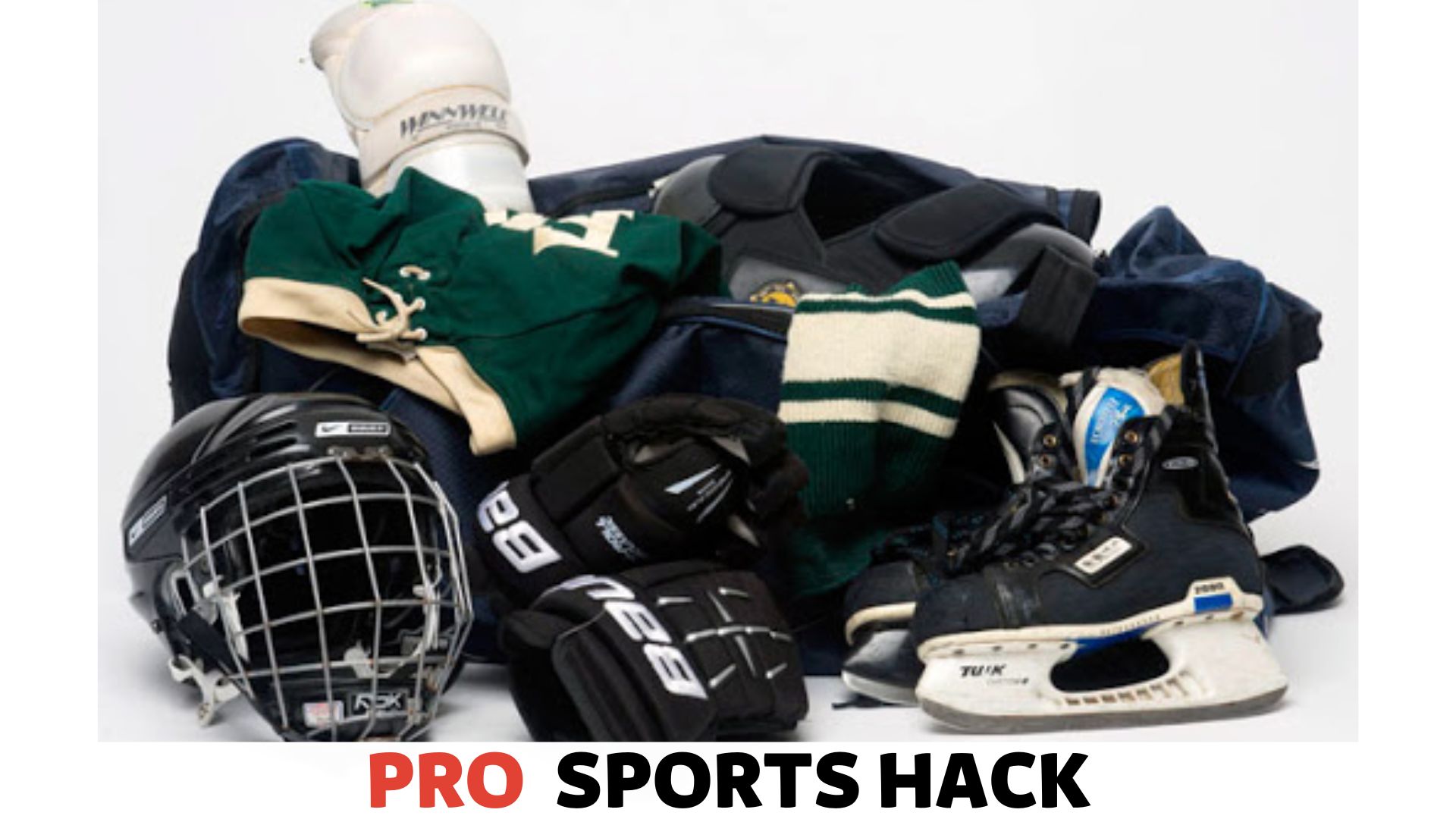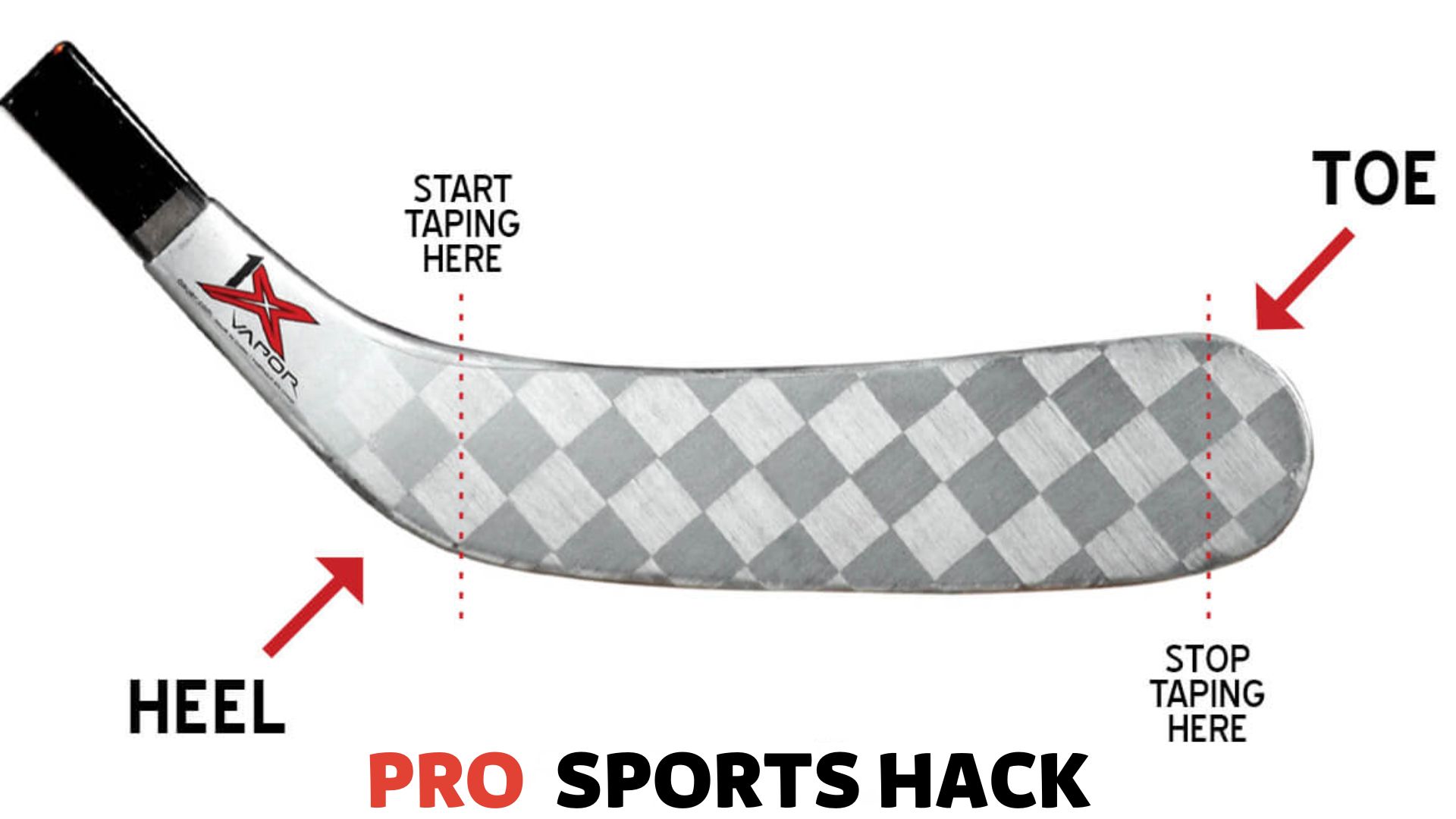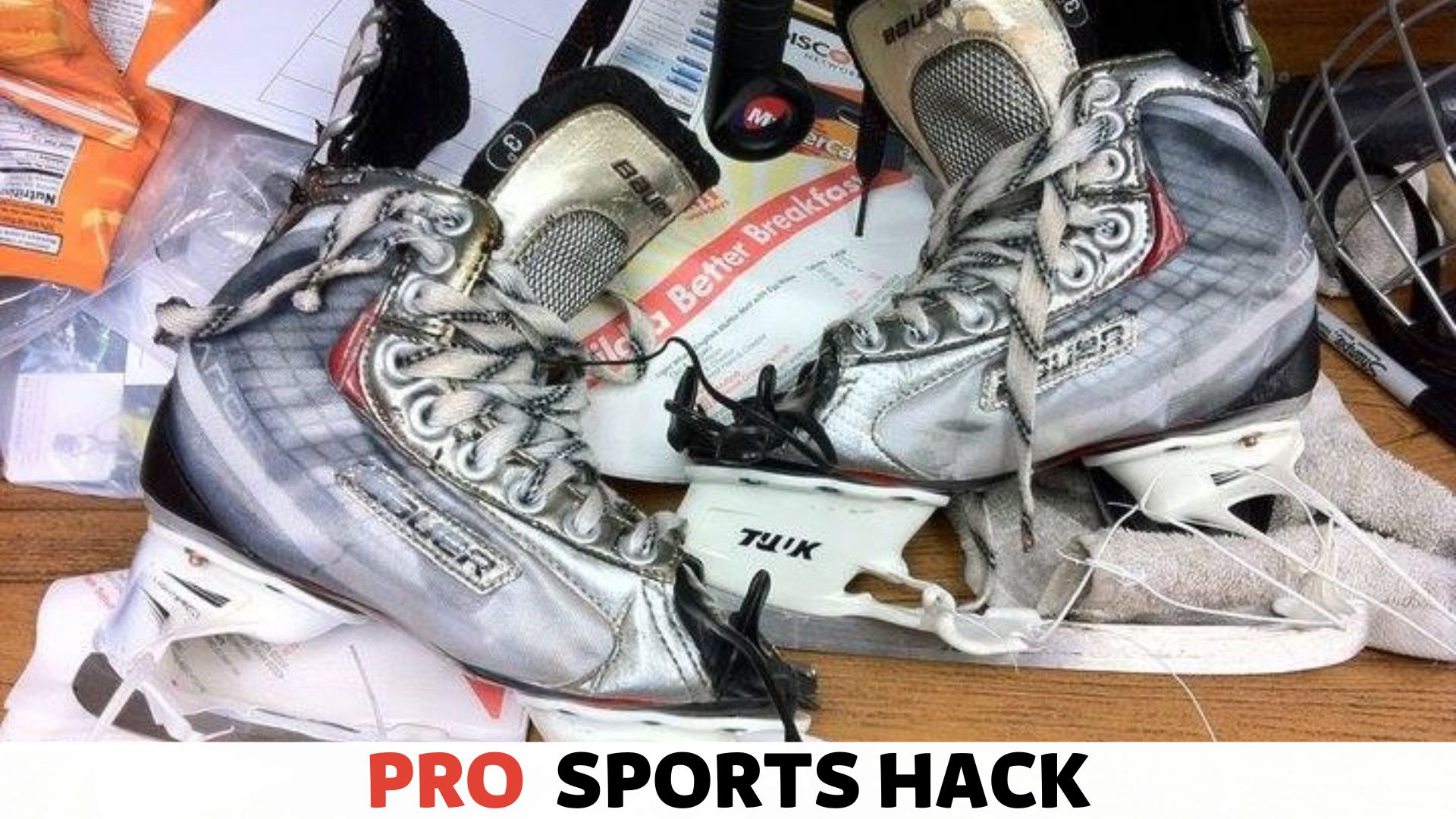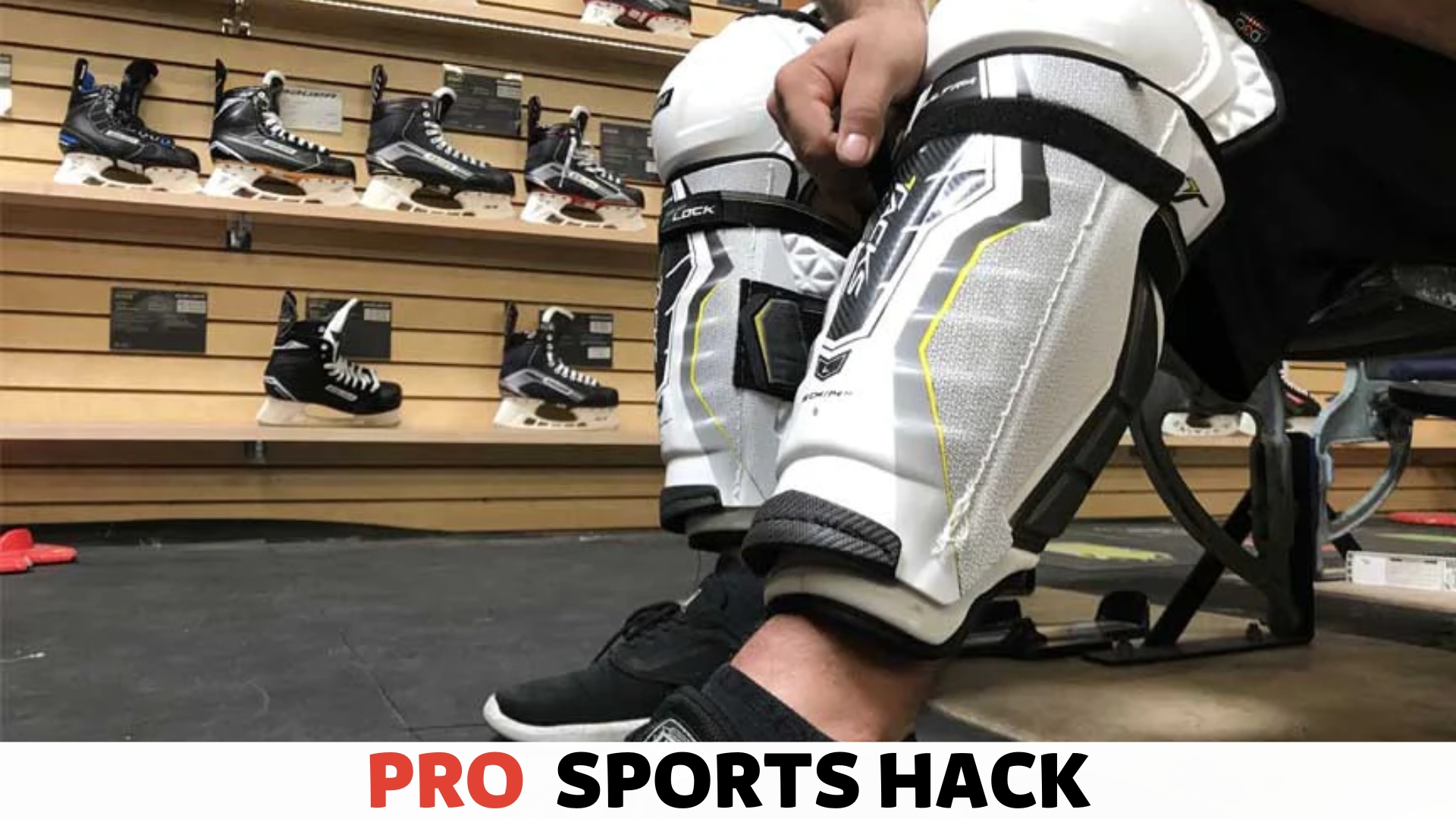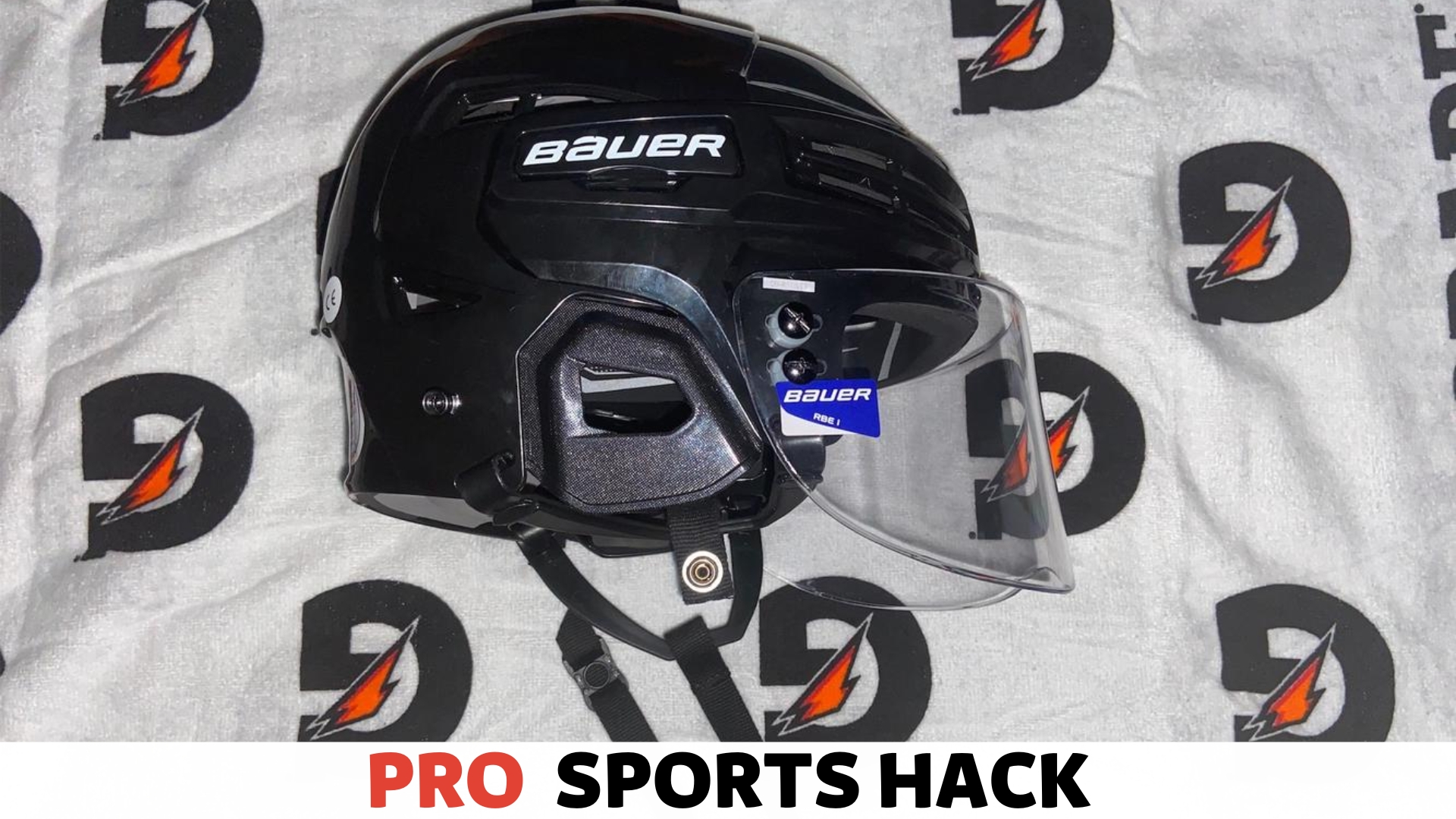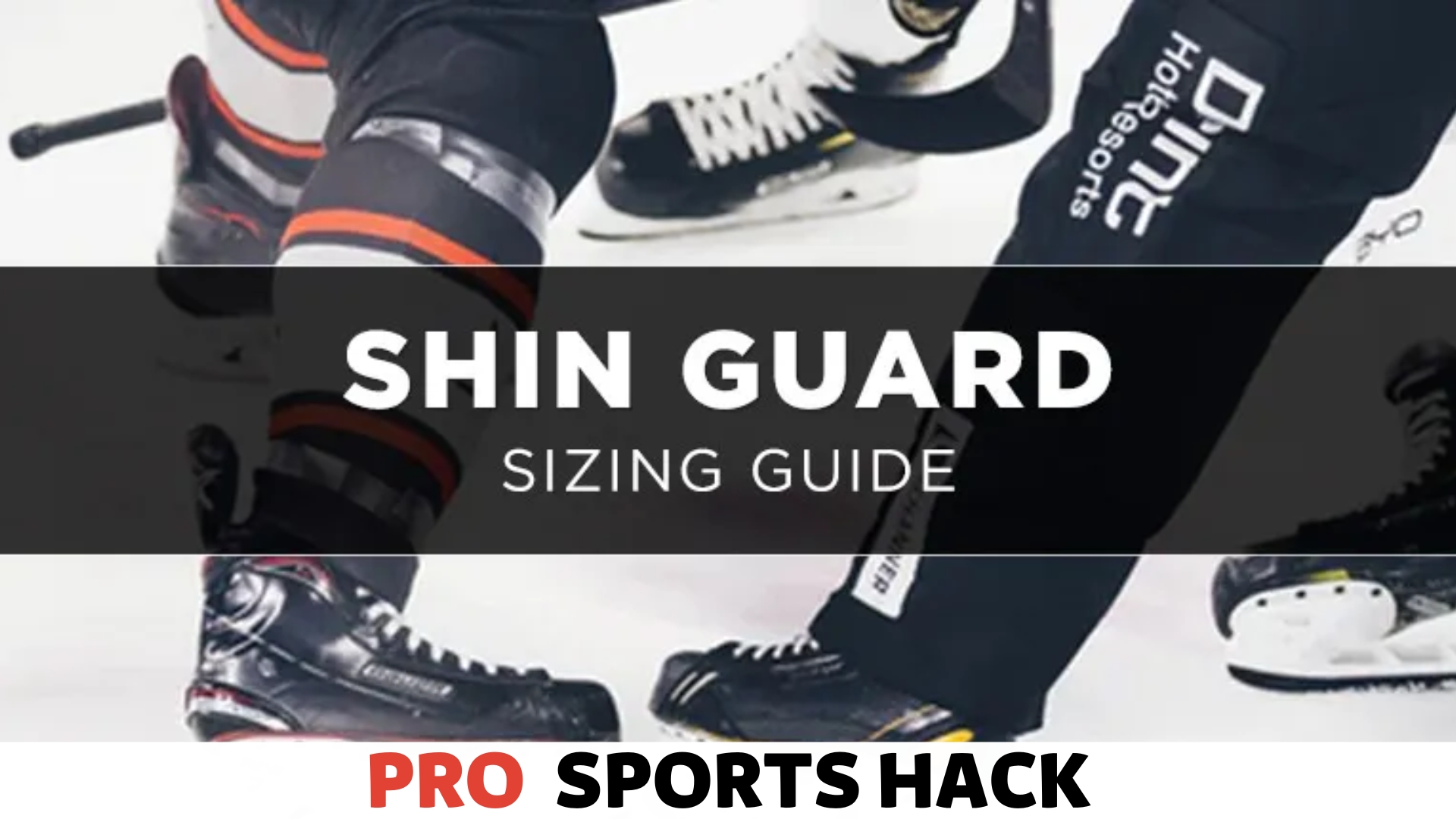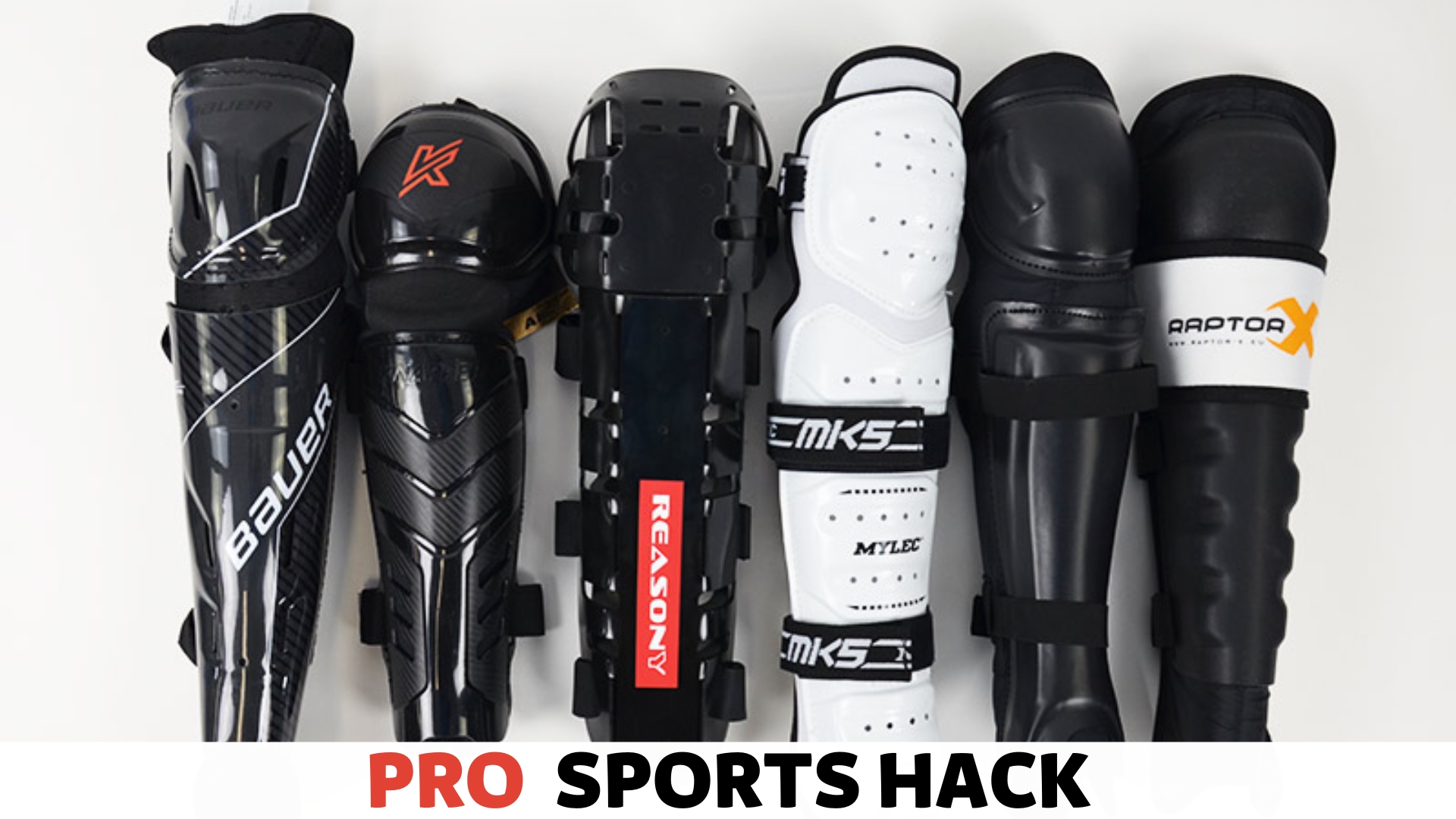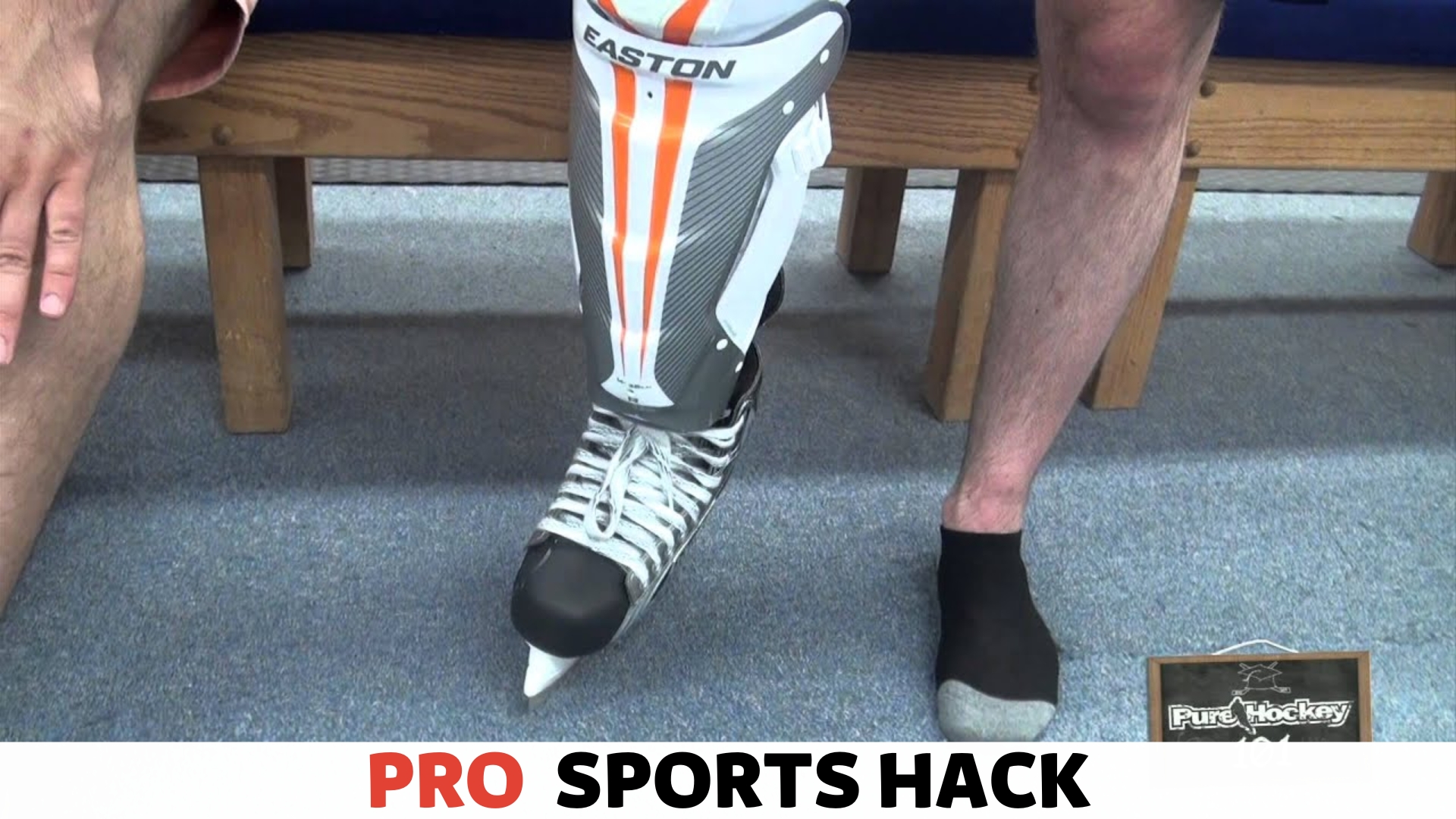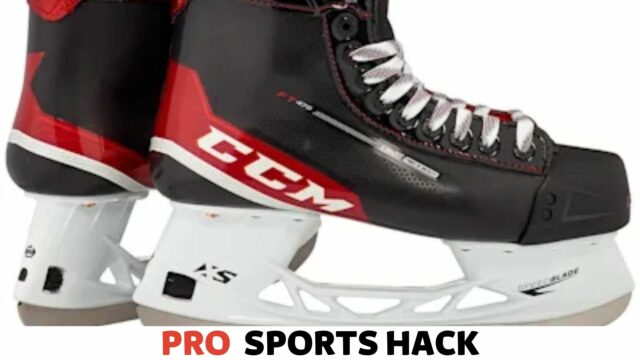
Senior hockey skates are designed for adult players with more experience, while intermediate skates are suitable for younger or those with less experience. The main differences between the two are the level of support, stiffness, and materials used in construction.
Hockey is a fast-paced and energetic sport that requires specialized equipment to perform at a high level. One of the most crucial equipment for any player is the hockey skate. However, not all hockey skates are created equal.
When shopping for hockey skates, it is essential to understand the difference between senior and intermediate skates to choose the right pair for your needs.
This article will delve deeper into the differences between senior and intermediate hockey skates, their design, construction, and other factors that make them unique.
By the end of this guide, you’ll better understand which skate is right for you based on your skill level and hockey-playing needs.
Definition and Features of Senior Hockey Skates
When buying hockey skates, it’s essential to understand the features and characteristics that separate senior skates from intermediate ones.
Senior hockey skates are designed for advanced players who require a superior fit, comfort, and support to perform at their best on the ice.
Here are some key features and characteristics that set senior hockey skates apart from intermediate ones:
- Support and comfort: Senior skates provide excellent ankle support and comfort. They are often constructed with stiffer materials, such as composite or carbon fiber, that offer better durability and protection during gameplay. Additionally, senior hockey skates tend to have more padding and cushioning, ensuring a comfortable fit for the player.
- Blade quality: The blades on senior hockey skates are of higher quality than intermediate skates. They are made of premium-grade steel and are thicker, providing better stability and control on the ice. The blades are typically taller, allowing for deeper cuts and sharper turns.
- Boot shape: Another key difference between senior and intermediate hockey skates is the boot’s shape. Senior skates often feature a more contoured design with a narrower heel and wider forefoot to provide a better fit that enhances agility.
- Lace system: Senior hockey skates usually incorporate a more advanced lacing system, such as a tighter and more secure lacing mechanism, providing superior foot and ankle support.
Senior hockey skates are designed for advanced players who require a superior fit, comfort, and support to perform at their best on the ice. Investing in high-quality senior hockey skates can significantly improve a player’s performance and skillset.
When it comes to choosing the right hockey gear, one of the first questions that comes to mind is, “What Are Senior Ice Hockey Skates?” These skates are tailored for seasoned players, and understanding their unique features is crucial.
Definition and Features of Intermediate Hockey Skates
When it comes to hockey skates, there is no one-size-fits-all option. Each level of player requires a specific skate suited to their skill level.
Intermediate hockey skates are designed for players who have surpassed beginner skates but are not ready for the advanced features found in senior skates.
What Makes Intermediate Hockey Skates Different From Senior Skates?
Intermediate hockey skates are designed to bridge the gap between beginner and senior-level skates. They offer a great balance of comfort and performance, making them popular for players who want to improve their skills on the ice.
However, there are some key differences between intermediate and senior hockey skates that set them apart:
- Price: One of the major differences between intermediate and senior hockey skates is the price. Intermediate skates are usually less expensive than senior skates.
- Stiffness: Senior skates are stiffer than intermediate skates, making them more supportive and responsive. This added stiffness also requires more skill and power from the player to achieve maximum performance.
- Weight: Senior skates are lighter than intermediate skates, making them easier to maneuver on the ice. This can be a significant advantage for advanced players who need more agility on the ice.
Characteristics of Intermediate Hockey Skates
Intermediate hockey skates share many characteristics of senior skates but with some notable differences. Let’s take a look at some key features of intermediate hockey skates:
- Boot: Intermediate hockey skates feature a slightly stiffer boot than beginner skates, providing more support and stability for the player. They also often feature additional padding for enhanced comfort.
- Blade: The blade on intermediate skates is typically made of higher quality steel than beginner skates, allowing for better edge control and harder turns.
- Lining: Intermediate skates often feature a moisture-wicking lining to keep players’ feet dry and comfortable during gameplay.
- Tongue: The tongue on intermediate skates is usually thicker and more padded than on beginner skates, providing better protection against lace bite.
- Fit: Intermediate skates typically offer a more customized fit than beginner skates, with features such as adjustable blades and heat-moldable linings.
Intermediate hockey skates offer a step up for players who have outgrown beginner-level skates but are not yet ready for the advanced features found in senior skates.
They are built to provide increased support, durability, and performance, making them an excellent value for players looking to improve their game.
Differences in Construction, Performance, and Sizing
From beginners to professionals, hockey players know the importance of having the right equipment, especially when selecting the right skates.
But when it comes to senior and intermediate hockey skates, what are the primary differences in construction, performance, and sizing?
Keep reading to get a complete comparative analysis of senior and intermediate hockey skates.
Differences in Construction
The design and construction of senior and intermediate hockey skates differ based primarily on the player’s age and experience level. The primary structural and material differences between senior and intermediate skates are:
- Blades: Senior hockey skates usually have thicker and longer blades than intermediate hockey skates, offering more stability, durability, and better control. On the other hand, intermediate hockey skates have thinner blades, are lighter, and provide more agility.
- Boot construction: Senior hockey skates have a sturdier, thicker, and more rigid boot to provide advanced ankle support and protection, catering to professional players’ physical pace and skill set. In contrast, intermediate hockey skate boots have less stiffness to offer flexibility and accommodate players’ growing feet.
- Padding: Senior hockey skates have more cushioned padding to protect and provide comfort to players, while intermediate hockey skates have less padding and are usually made with less high-quality materials than senior skates.
Differences in Performance
Regarding performance, the skill level and age of hockey players also determine which type of skate is the best fit. Here are some differences in performance between senior and intermediate hockey skates.
- Stability: Senior hockey skates offer more stability because of their thicker blades and sturdier boot, ideal for adult professionals and elite players who can handle more speed and physical exertion. In comparison, intermediate skates are designed for young and growing players, offering less stability and more agility.
- Flexibility: Intermediate hockey skates provide additional flexibility, enabling players to achieve better agility, speed, and maneuverability. On the other hand, senior hockey skates are less flexible, catering to advanced and professional players who require less flexibility and more support.
- Power transmission and control: Senior hockey skates have better power transmission and control because of their thicker blades and sturdy boot construction, making them more suitable for professional players. In contrast, intermediate hockey skates have more slender blades that allow players to change direction rapidly and execute tighter turns more effectively.
Differences in Sizing
Senior and intermediate hockey skates also have sizing differences, primarily based on the players’ age, level, and skill set.
- Age: Senior hockey skates are designed for adult players, while intermediate skates are for young and teen players.
- Size: Senior hockey skates are typically larger than intermediate hockey skates.
- Width and length: Senior hockey skates are wider, accommodating a more developed foot, and typically have a longer blade to offer better stability. In contrast, intermediate hockey skates are narrower and shorter, catering to young players’ growing feet.
The main differences between senior and intermediate hockey skates are construction, performance, and sizing. Choosing the right type of skates is crucial based on age, skill level, and needs.
Choosing the right pair of skates enhances your performance on the ice and keeps you safe and comfortable while playing.
Choosing the right pair of skates is crucial whether you are a senior or intermediate hockey player. Senior skates and intermediate skates have some significant differences to consider.
Here are the factors you should consider when choosing between senior and intermediate skates.
Besides selecting the right skates, it’s also important to know how to complete your hockey look. In our previous post on “How to Wear a Hockey Jersey Fashionably,” we shared some tips and tricks to make a statement on and off the ice.
Size and Fit
The size and fit of the skates are critical factors to consider when selecting between senior and intermediate skates. The skate’s size should be considered, and the skates’ fit should be snug but not too tight.
Size
- Measure both feet, as one may be slightly bigger than the other.
- Always choose the size that fits the larger foot.
- Different brands of skates can vary in size, so be sure to try them on before purchasing.
Fit
- The skate should fit snugly, with the toe grazing the front of the boot, leaving enough room to wiggle your toes.
- If your heel slips in the skate when you skate, your skates are too big.
Performance
The level of player performance is another essential factor to consider when selecting between senior and intermediate skates. Senior skates are designed for the most experienced players, while intermediate skates are for players who have just started to improve their skills.
Senior Skates
- Senior skates are designed for experienced players.
- Senior skates are stiffer than intermediate skates, providing maximum support and protection.
- That’s exactly what professional players use in high-level games.
- Most importantly, senior skates can be uncomfortable for players lacking enough strength and endurance.
Intermediate Skates
- Intermediate skates are designed for players who have started enhancing their skills.
- Intermediate skates are lightweight, making them easier to control on the ice.
- The boots are more comfortable and softer than senior skates, making them ideal for players still improving their skills.
Price
Price is a significant factor in purchasing either senior or intermediate skates. Senior skates are typically more expensive than intermediate skates due to their quality and the materials used in making them.
Senior Skates
- Senior skates are made using high-quality materials, contributing to their high price.
- Senior skates are the best option for professional players.
- Senior skates offer better durability than intermediate skates, ensuring a long lifespan.
Intermediate Skates
- Intermediate skates are designed for players who are improving their skills and aren’t ready for the more expensive senior skates.
- Intermediate skates are more affordable than senior skates, making them more accessible.
- Intermediate skates are still made with high-quality materials and offer excellent durability.
Choosing between senior and intermediate skates depends on your experience level, budget, and what feels most comfortable and secure on the ice. Always try on multiple pairs from different brands and sizes to find the perfect skates for your skill level and needs.
Maintaining your hockey gear is a key aspect of the sport. In a separate guide, we’ve covered the nitty-gritty of caring for your hockey jerseys, titled “How to Wash a Fanatics Hockey Jersey.” Proper maintenance ensures your gear stays in top condition.
Frequently Asked Questions
What is the Difference Between Senior and Intermediate Hockey Skates?
Senior hockey skates are designed for adult players who weigh over 165 pounds. Intermediate hockey skates are ideal for youth players, ages 11-14, or adults who weigh 120-165 pounds.
Can You Use Intermediate Skates for Senior-Level Play?
No, using intermediate skates for senior-level play is not recommended, as they may not provide enough support and durability for faster and more aggressive play.
What Are the Key Features of Senior Hockey Skates?
Senior hockey skates feature a stiffer boot, thicker padding, and a reinforced tongue for added support and protection. They also have larger and stronger blades for better stability and performance.
What Are the Key Features of Intermediate Hockey Skates?
Intermediate hockey skates have a more flexible boot, lighter padding, and a narrower tongue for a better fit and increased mobility. They also have smaller blades designed for the player’s size and weight.
How Do I Choose Between Senior and Intermediate Hockey Skates?
Choosing between senior and intermediate hockey skates depends on age, weight, level of play, and personal preferences. It’s important to try on different skates and consult with a knowledgeable salesperson or coach before deciding.
Conclusion
Ultimately, choosing between senior and intermediate hockey skates depends on various individual factors, such as skill level, age, budget, and personal preference. While senior skates are designed for more advanced players, intermediate skates are ideal for intermediate to advanced players who need high-performance skates but have not yet achieved the level of senior players.
Both types of skates come with different features, such as stiffness, materials, and comfort, which affect the skater’s performance and safety. It is essential to remember that purchasing the right pair of skates is critical to maximize one’s potential and minimize the risk of injury.
Consider trying on multiple pairs, seeking expert advice, and reading reviews before deciding which type of skate to purchase.
By being informed and aware of the differences between senior and intermediate hockey skates, you can make a more educated decision and enjoy a safer and more enjoyable skating experience.




![Cat in the Chrysalis Spoiler: All You Need To Know [Updated] Cat in the Chrysalis Spoiler](https://prosportshack.com/wp-content/uploads/2024/02/Cat-in-the-Chrysalis-Spoiler-100x75.jpg)







